Haller Park, located in Mombasa, Kenya, is one of those places with a fascinating back story. You wouldn’t know from the pedestrian reviews on Google or TripAdvisor what a triumph in human ingenuity this place actually is. I love the story behind this place, as it represents the epitome of engineering to me. Perhaps some day the lessons learned here can be applied to Terraforming an even more inhospitable place, like Mars!
The Story
Bamburi Cement company began operations in the early 1950s near the Mombasa coast. By 1970, they were extracting 25 million tons per year of rock from the ground. By the time they had ceased operations, Bamburi cement had transformed hundreds of acres to a wasteland devoid of life, and with brackish water. [src] To accelerate the natural process of restoring life to the site, one that could take centuries without engineering, Bamburi recruited Dr. Rene Haller.
The Mind Behind The Park
Dr. Rene Haller as described on the Haller Foundation website:
Dr. Rene Haller is a Swiss naturalist. He trained in horticulture, landscaping and tropical agronomy and first came to Africa in 1956 to manage a coffee plantation in Tanzania. Three years later he joined Bamburi Cement Company to establish a garden department capable of producing enough food for the factory employees. In the early 1970’s the Bamburi Cement Company gave Rene Haller the mandate to try to restore the scarred landscapes left by the limestone quarrying used in the manufacture of cement.
From here let’s examine some features of the park.


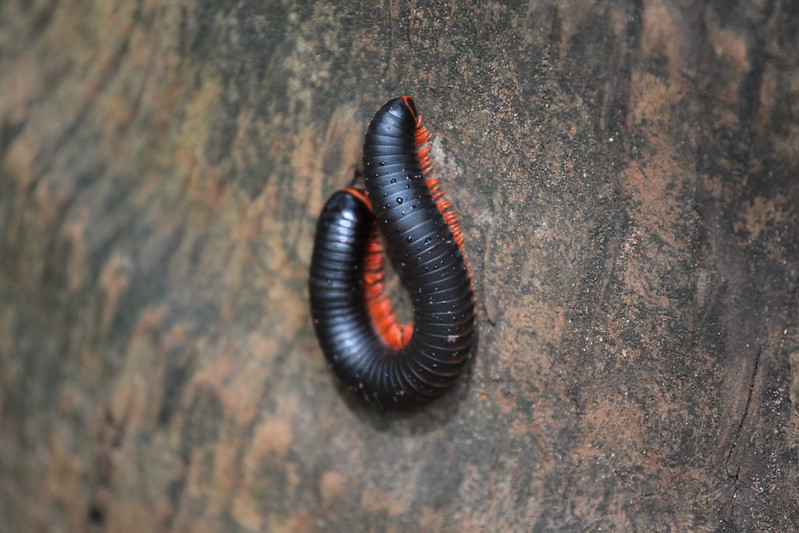
Zvonko Z. Springer describes these trees critical to the success of the project: [src]
“Conocarpus outgrew their original holes and penetrated into porous coral rock with carpet like root system few centimeters below surface down to the undisturbed rock bed deeper below. The best trees grew to a 9-m height and to a trunk circumference of 65 cm above ground in just three years time.”
The new trees created pine needles that could fall to the ground and decompose to create soil. To accelerate this process, a millipede (pictured) was brought in called Mombasa trains (Epibolus pulchripes). These millipedes could better break down the pine needles and help create soil more hospitable to other plant species.

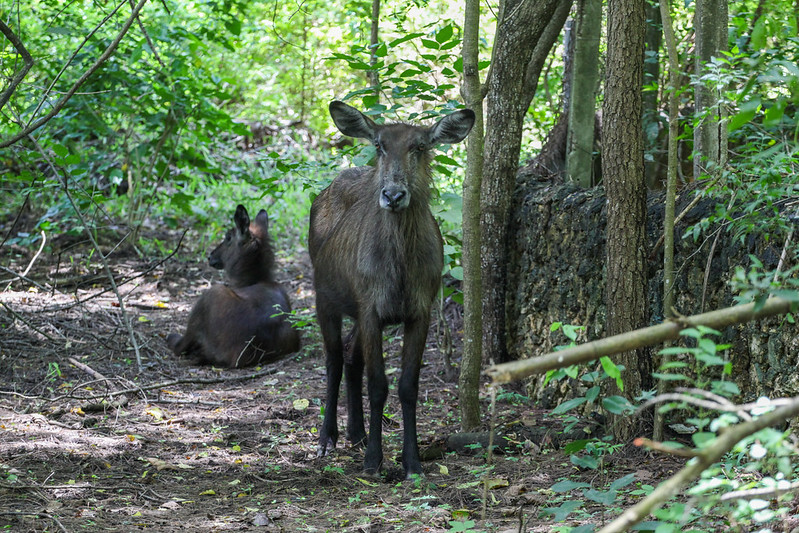
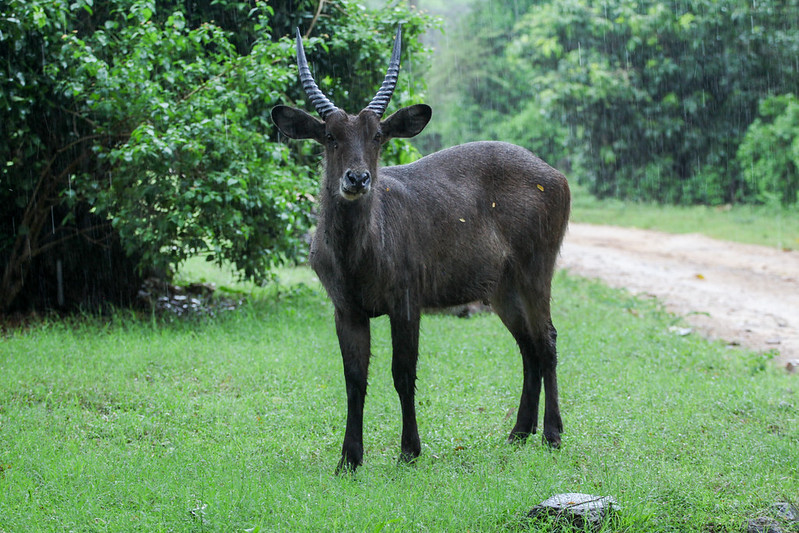
“Thirty species of mammals and 180 species of birds resided in the reclaimed quarry. The majority of the animals brought here were either orphans or rescued animals.” [src]
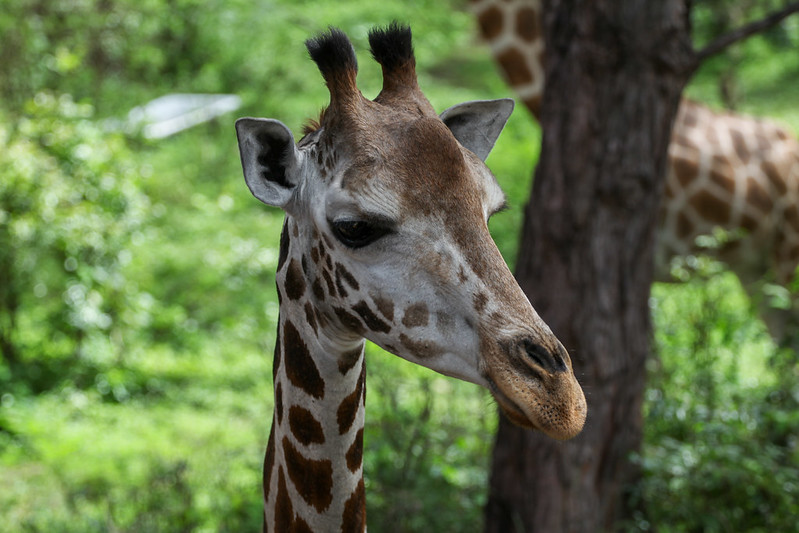
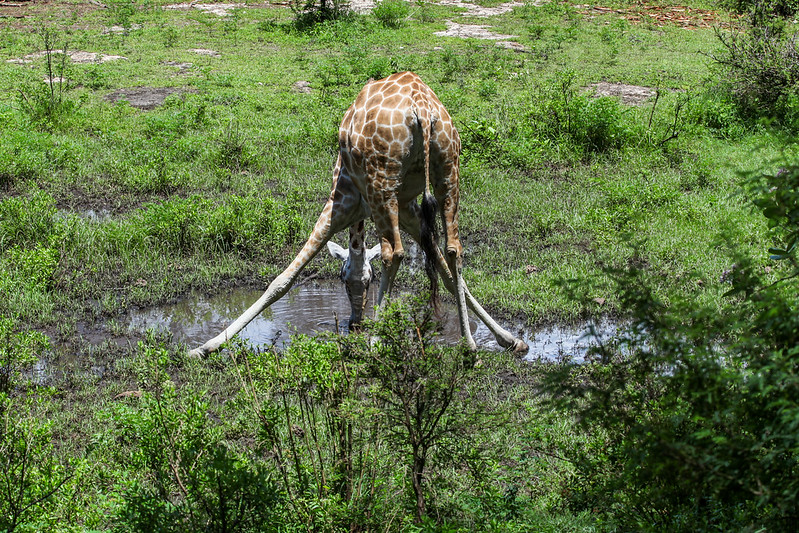
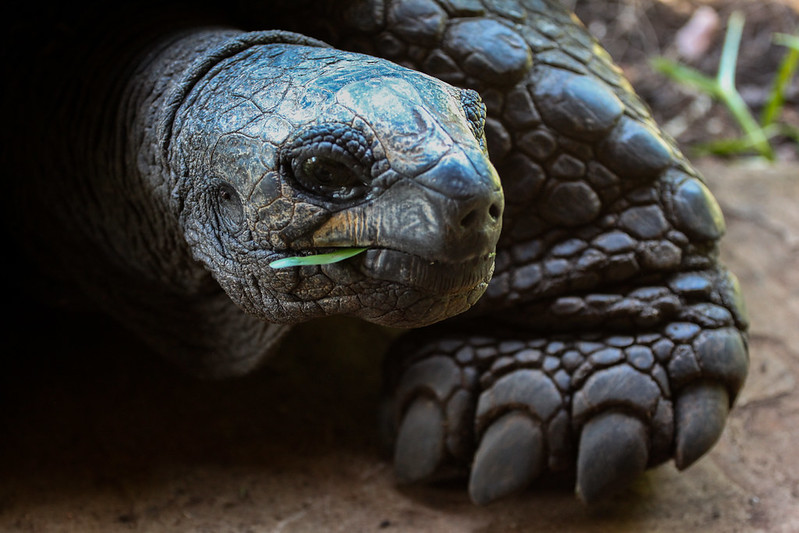
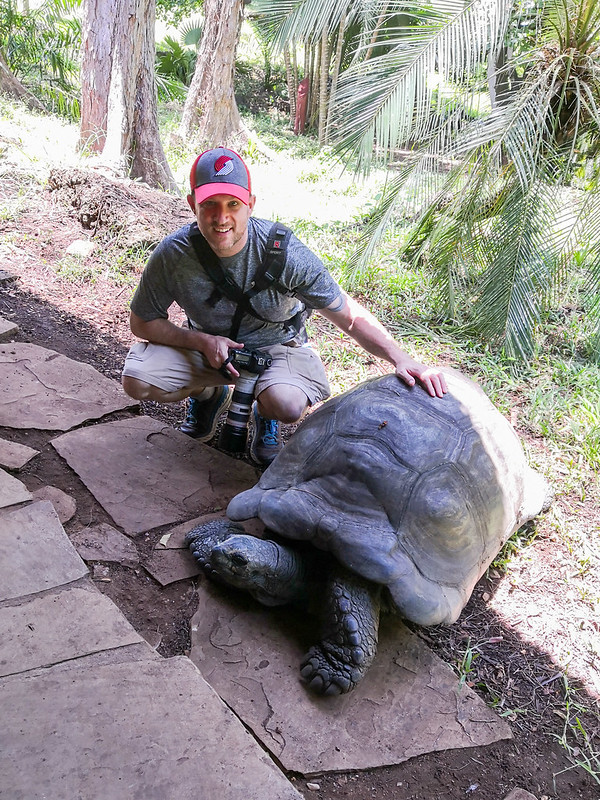

If you’re interested, NTV Kenya aired a fascinating 45-minute documentary on the park.

Thanks for dropping by! I hope that you enjoyed my travel photos and commentary, and will return for more travel content in the future. In Part 2, we will continue to explore Haller Park.
